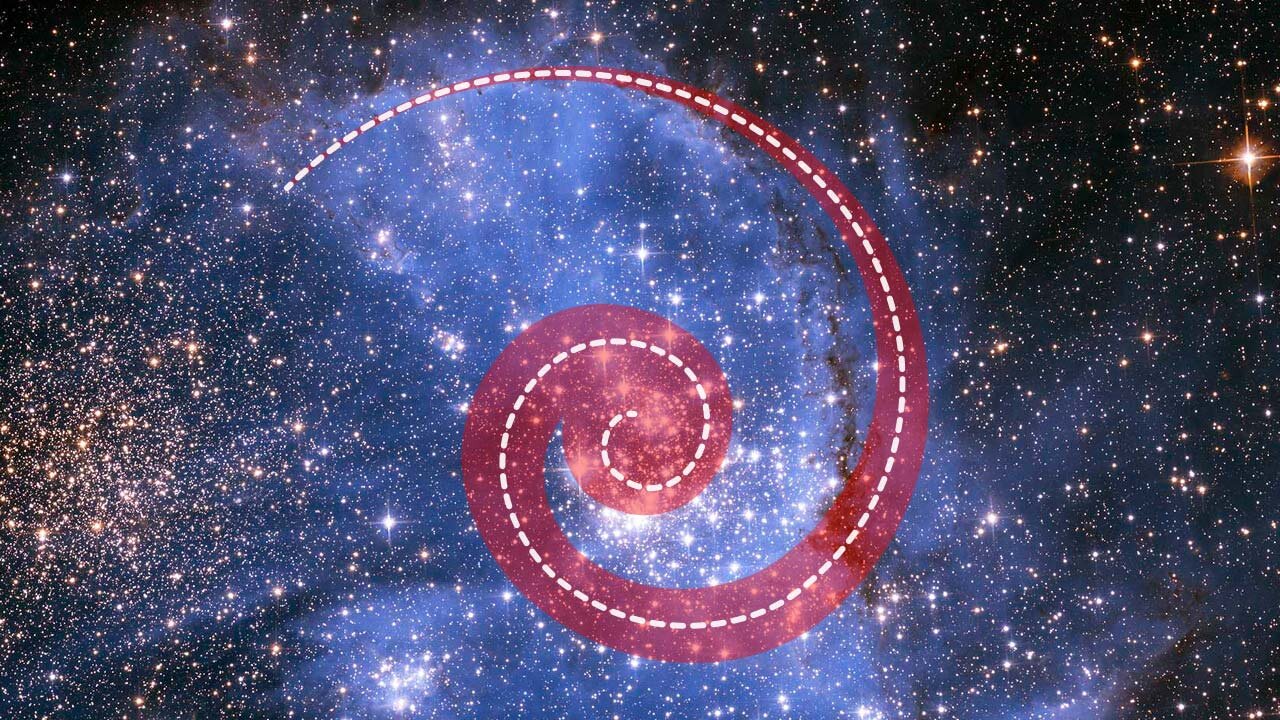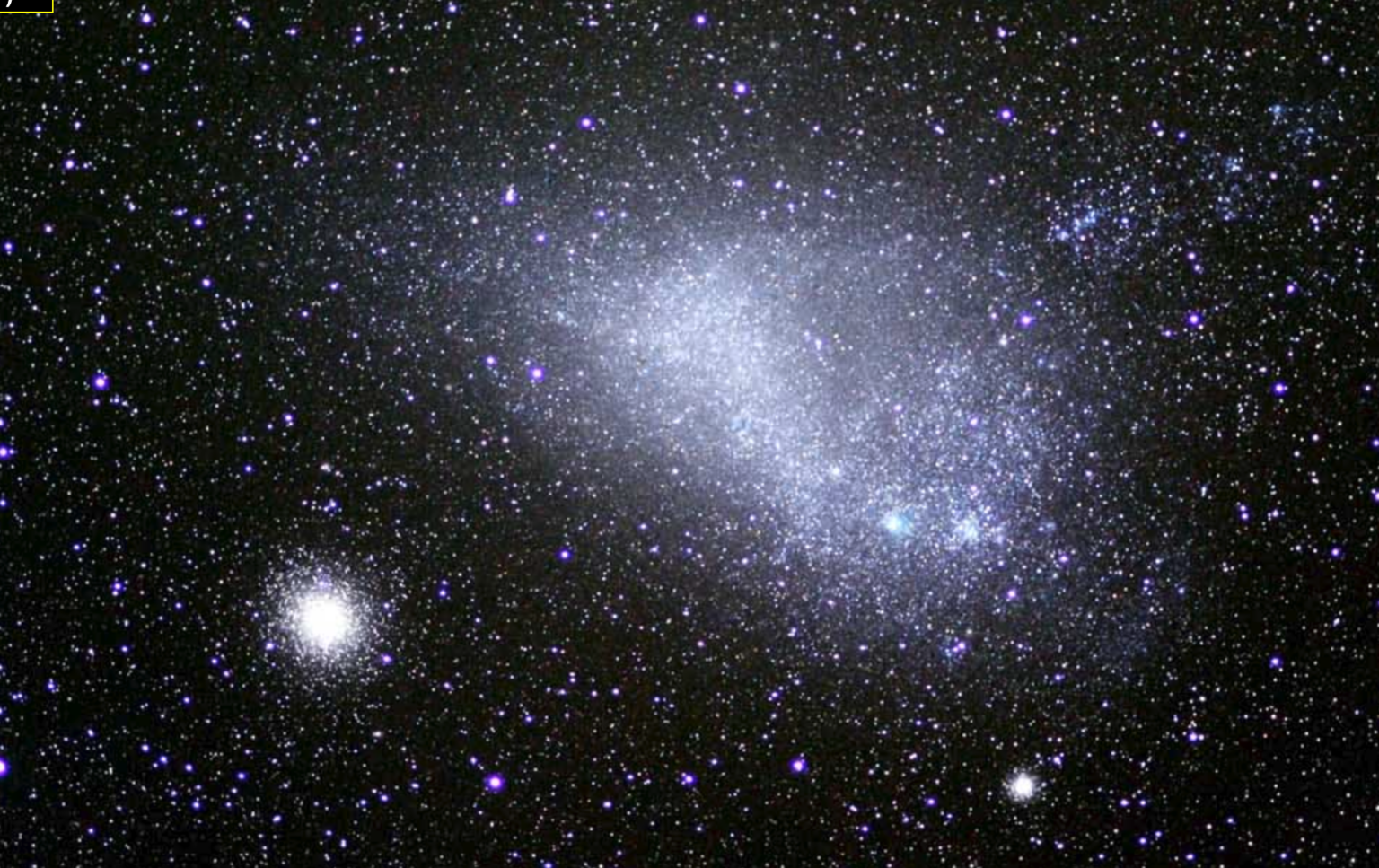In the star cluster NGC 346, which is located in the Small Magellanic Cloud, luminaries were found moving in a spiral to its center. This stellar object is characterized by extremely high rates of star formation.

Star moving in a spiral
Scientists working with the Hubble Space Telescope have recently discovered stars in the Small Magellanic Cloud that behave very strangely. One of the parts of this dwarf galaxy is the young star cluster NGC 346, characterized by a large mass and the rate of star formation. And it is the luminaries that make up that attracted the attention of researchers.
NGC 346 has a diameter of only 150 light-years, but contains 50 thousand stars. At the same time, it has a structure vaguely resembling a galactic spiral. And, as studies have shown, stars and gas in the outer arm of this cluster move in a spiral, gradually approaching the central regions, where there is intense star formation.
How it became known
Interestingly, this result was obtained by two different groups of researchers. The first one worked with Hubble telescope observations over the last 32 years of observations. NGC 346 is very far away from us, but the precise optics of the orbital observatory and the duration of its observations made it possible to measure landslides in the space of individual stars.
It turned out that in the last 11 years alone, these stars have traveled a distance of 320 million km, which is about twice the distance from Earth to the Sun. This means that they are moving at a speed of 3200 km/h.
Another group of scientists working with a Very Large Telescope (VLT) used the Doppler shift method to understand whether these stars are moving towards us or in the opposite direction. They conducted a direct study of the speed and came to the same conclusions as the group working with Hubble data.
Star formation in the Small Magellanic Cloud
The Small Magellanic Cloud is interesting because there are very few elements heavier than helium in it. In this way, it resembles the galaxies that dominated the universe when it was 2-3 billion years old. At the same time, it is located at a distance of only a few tens of thousands of light-years, so it is a convenient “window into the past”.

In particular, scientists are very interested in whether the processes of star formation that took place 10 billion years ago differed from modern ones. Recently, they have already found a star from which streams of matter typical of more metal-rich luminaries are escaping. This proves that these processes have not changed much over time.
The discovery of the spiral motion of matter in the NGC 346 cluster also speaks in favor of the fact that star formation has not undergone significant changes over the past 10 billion years. The movement of matter in a spiral is quite natural and corresponds to everything we have known about the universe so far.
According to phys.org
Follow us on Twitter to get the most interesting space news in time
https://twitter.com/ust_magazine

